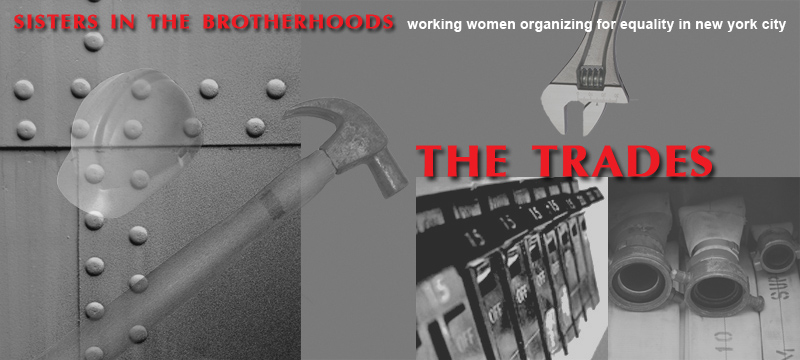 |
||||||
Technician: The Making of an Activist When Lois Ross studied electronics at New York City College of Technology in the mid-1980s, she was one of four women “out of hundreds of guys.” Nearly two decades later, she noted, the percentage of women in electronics remained virtually unchanged. Women’s participation in technical and scientific fields has grown considerably during the past 50 years, but it still lags far behind the dramatic rise in the number of women in the workforce overall. Currently women account for 24 percent of the science, technology, engineering, and mathematics (STEM) workforce, according to a 2011 report issued by the U.S. Department of Commerce. Women in STEM: A Gender Gap to Innovation contrasts that statistic with another: women now fill nearly half of all jobs in the U.S. economy and thus are severely underrepresented in STEM-related occupations. A more detailed picture of occupational segregation by gender is available in Women in the Labor Force: A Databook (2008), a report (and introduction) issued by the Bureau of Labor Statistics, U.S. Department of Labor. Although obstacles remain, many programs now are available to introduce college-bound young women to opportunities in STEM. However, gender-based assumptions still persist in one of the most important educational venues for blue-collar youth—vocational and technical courses in secondary schools—according to a 2002 report by the National Women’s Law Center. Ross’ story illustrates the tremendous possibilities that technological fields offer to women. Young women need information about the options available and the encouragement to explore them. They also must develop basic competencies in math and science as well as self-confidence in their ability to master new skills. Access for Women, the same program that extended this opportunity to Ross in 1986, still helps women who want to explore career opportunities in nontraditional technical fields. The National Women's Law Center is one of several sponsors of a project titled Programs and Practices That Work: Preparing Students for Nontraditional Careers. In 2009 the group published "Building New Possibilities," a report that describes promising methods for improving students' access to career and technical education programs that are nontraditional for their gender. | ||||||
| ||||||
| Copyright 1997-2012 Jane Latour/Talking History |
||||||